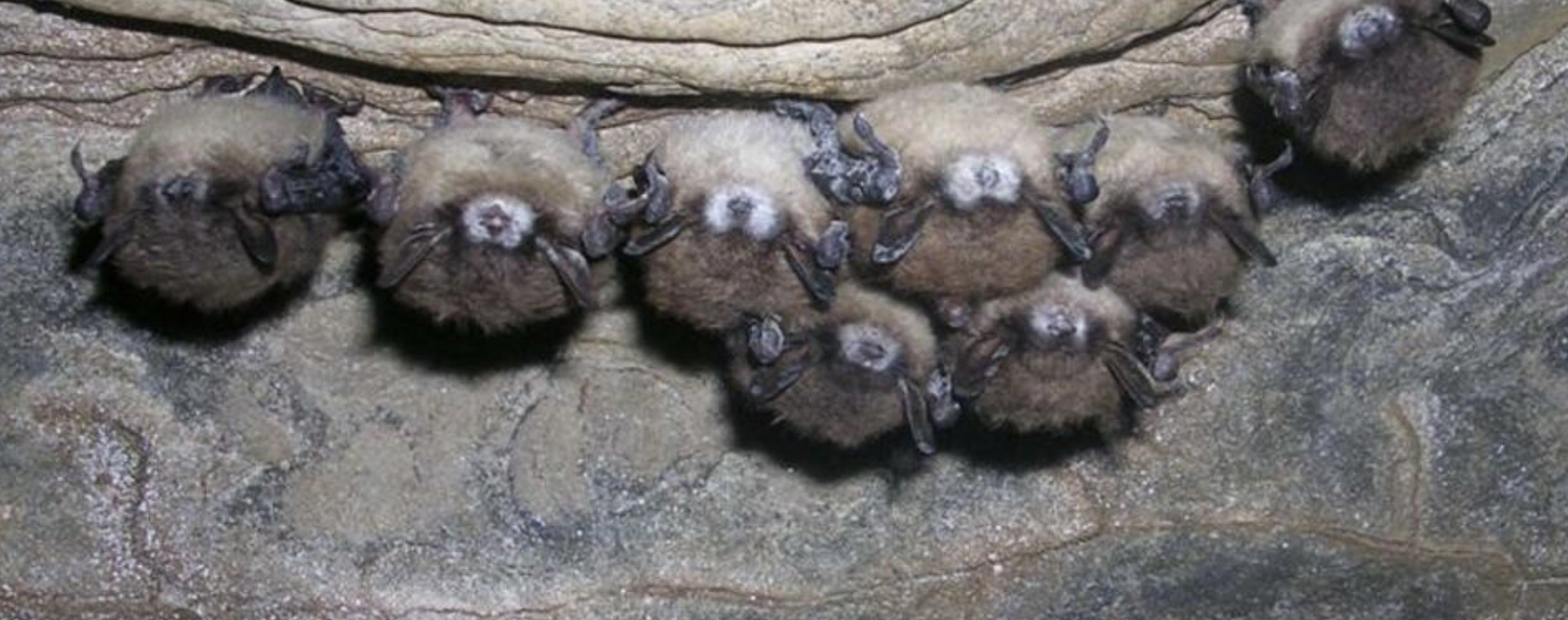Bats, Their Environmental Significance, and How to Help Them
Two experts, Dr. Nathan Fuller and Ms. Erin Cord, will discuss the importance of bats and their environmental status. Bats comprise about one-fifth of all mammals in the world and include about 1,000 distinct species. They provide pest control by consuming tons of insects each night and can serve as pollinators. Yet more than half of the bat species in the United States are either in severe decline or listed as endangered.
Dr. Fuller, the state bat biologist at the Texas Parks and Wildlife Department (TPWD), will provide an overview of bats and describe the state’s research-based efforts to conserve and protect these nocturnal mammals from threats like white-nose syndrome. Ms. Erin Cord, the Community Engagement Manager with Bat Conservation International, will focus on that organization’s Gardening for Bats program. She will explain how anyone can create habitat that will support bats by providing food sources, water, and shelter, even in small outdoor spaces.
Dr. Fuller earned a PhD in Pathophysiology from Boston University, with a research focus on white-nose syndrome. He has 7 years of work experience with TPWD, the National Science Foundation, and Texas Tech. Ms. Cord received her MS in Wildlife Ecology from Texas A&M University-Kingsville. She has over 10 years of experience working as a wildlife biologist and running environmentally focused volunteer, outreach, and education programs.
The HLBWS meeting is open to community members interested in learning more about bats.
Source of the image, below: US Geological Survey..
